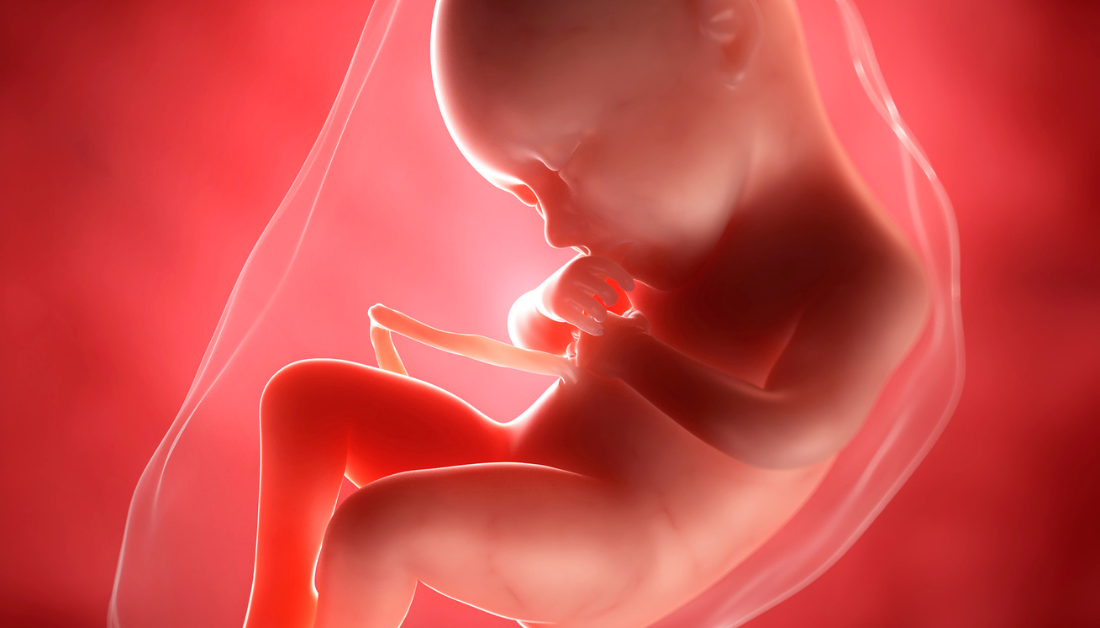

Animal embryos undergo a series of distinct developmental stages as they progress from a fertilized egg cell to a fully functional organism. This biological process is primarily controlled by genetics and follows a similar pattern across various animal species. However, there are variations in the specifics, both between different species and among embryos of the same species. For instance, the pace at which individual embryonic stages are completed can differ. These differences in embryonic development play a significant role in driving evolution, potentially leading to the emergence of new traits and thereby promoting evolutionary adaptations and biodiversity. Understanding the mechanisms of evolution greatly depends on studying the embryonic development of animals. To objectively and efficiently record differences in embryonic development, such as the timing of developmental stages, researchers at the University of Konstanz, led by systems biologist Patrick Müller, are developing and utilizing methods based on artificial intelligence (AI). In their recent article in Nature Methods, they outline a new approach that autonomously captures the pace of development processes and identifies characteristic stages without human intervention, standardizing the process across species boundaries.
Each embryo possesses unique characteristics
Our current understanding of animal embryogenesis and individual developmental stages stems from microscopic observations and detailed descriptions of embryos at various stages of development. Thanks to these meticulous efforts, reference books containing standardized depictions of individual embryonic stages are now available for numerous animal species.
However, embryos often do not look exactly the same under the microscope as they do in the schematic drawings. And the transitions between individual stages are not abrupt, but more gradual.”
Patrick Müller, systems biologist
more recommended stories
 Fat-Regulating Enzyme Offers New Target for Obesity
Fat-Regulating Enzyme Offers New Target for ObesityKey Highlights (Quick Summary) Researchers identified.
 Spatial Computing Explains How Brain Organizes Cognition
Spatial Computing Explains How Brain Organizes CognitionKey Takeaways (Quick Summary) MIT researchers.
 Gestational Diabetes Risk Identified by Blood Metabolites
Gestational Diabetes Risk Identified by Blood MetabolitesKey Takeaways (Quick Summary for Clinicians).
 Phage Therapy Study Reveals RNA-Based Infection Control
Phage Therapy Study Reveals RNA-Based Infection ControlKey Takeaways (Quick Summary) Researchers uncovered.
 Pelvic Floor Disorders: Treatable Yet Often Ignored
Pelvic Floor Disorders: Treatable Yet Often IgnoredKey Takeaways (Quick Summary) Pelvic floor.
 Urine-Based microRNA Aging Clock Predicts Biological Age
Urine-Based microRNA Aging Clock Predicts Biological AgeKey Takeaways (Quick Summary) Researchers developed.
 Circadian Control of Neutrophils in Myocardial Infarction
Circadian Control of Neutrophils in Myocardial InfarctionKey Takeaways for HCPs Neutrophil activity.
 E-Cigarette Use and Heart Attack Risk in Former Smokers
E-Cigarette Use and Heart Attack Risk in Former SmokersKey Takeaways for Clinicians and Nurses.
 36-Week Pre-eclampsia Screening May Reduce Term Risk
36-Week Pre-eclampsia Screening May Reduce Term RiskA New Preventive Strategy for Term.
 Cardiovascular Risk and Sudden Cardiac Death in Diabetes
Cardiovascular Risk and Sudden Cardiac Death in DiabetesRising Sudden Cardiac Death (SCD) Risk.

Leave a Comment